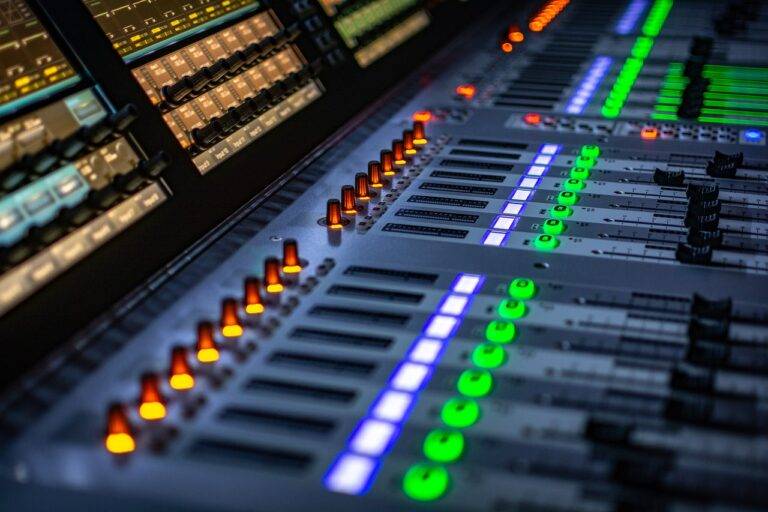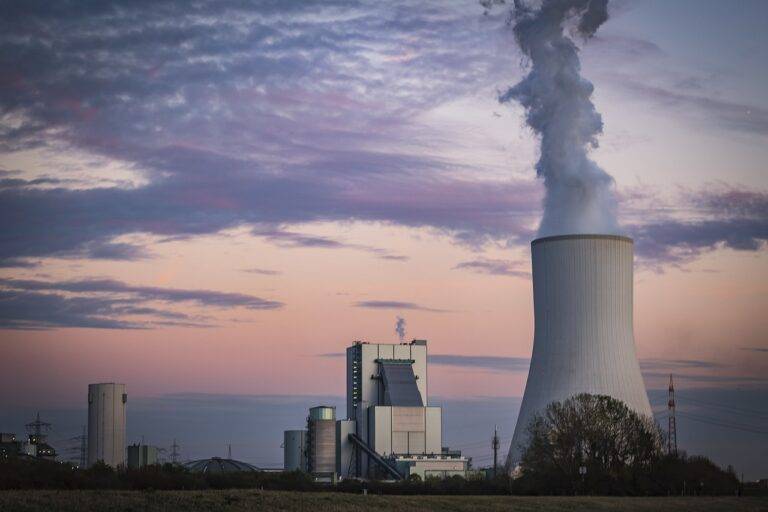Tech in Ocean Exploration: New Tools and Techniques
Exploring the depths of the ocean presents a myriad of challenges for scientists and researchers alike. One of the main obstacles encountered during deep-sea exploration is the extreme pressure that exists thousands of meters below the surface. The immense weight of the water above exerts a crushing force that requires specialized equipment to withstand.
Furthermore, the vast and largely uncharted nature of the ocean floor poses difficulties in navigation and accurate mapping. The darkness and cold temperatures at these depths make it challenging to gather precise data and conduct research effectively. As technology advances, scientists continue to develop innovative solutions to overcome these obstacles and uncover the mysteries that lie beneath the surface.
Mapping the Ocean Floor
Mapping the ocean floor is a complex and intricate process that involves advanced technology and specialized equipment. Scientists and researchers rely on sonar systems to map the seabed, which uses sound waves to determine the topography of the ocean floor. This method allows for detailed and accurate imaging of the underwater terrain, revealing underwater mountains, valleys, and ridges that were previously unknown.
Furthermore, mapping the ocean floor is essential for understanding and protecting marine ecosystems. By identifying different habitats and geological features, researchers can better comprehend the biodiversity and resources present in the deep sea. This knowledge is crucial for conservation efforts and sustainable management of ocean resources, as it provides valuable insights into the interconnected nature of marine life and the importance of preserving delicate underwater ecosystems.
What are some of the challenges of deep sea exploration?
Some of the challenges of deep sea exploration include extreme pressure, darkness, and the difficulty of reaching such deep depths.
How is the ocean floor mapped?
The ocean floor is mapped using sonar technology, which emits sound waves and measures how long it takes for them to bounce back, creating a detailed map of the seafloor.
Why is mapping the ocean floor important?
Mapping the ocean floor is important for understanding marine ecosystems, locating potential resources, and predicting natural disasters like tsunamis.
How accurate are the maps of the ocean floor?
The maps of the ocean floor are constantly being updated and improved, but there are still large areas that remain unmapped or poorly understood.
What technologies are used for deep sea exploration?
Technologies used for deep sea exploration include remotely operated vehicles (ROVs), autonomous underwater vehicles (AUVs), and manned submersibles.





